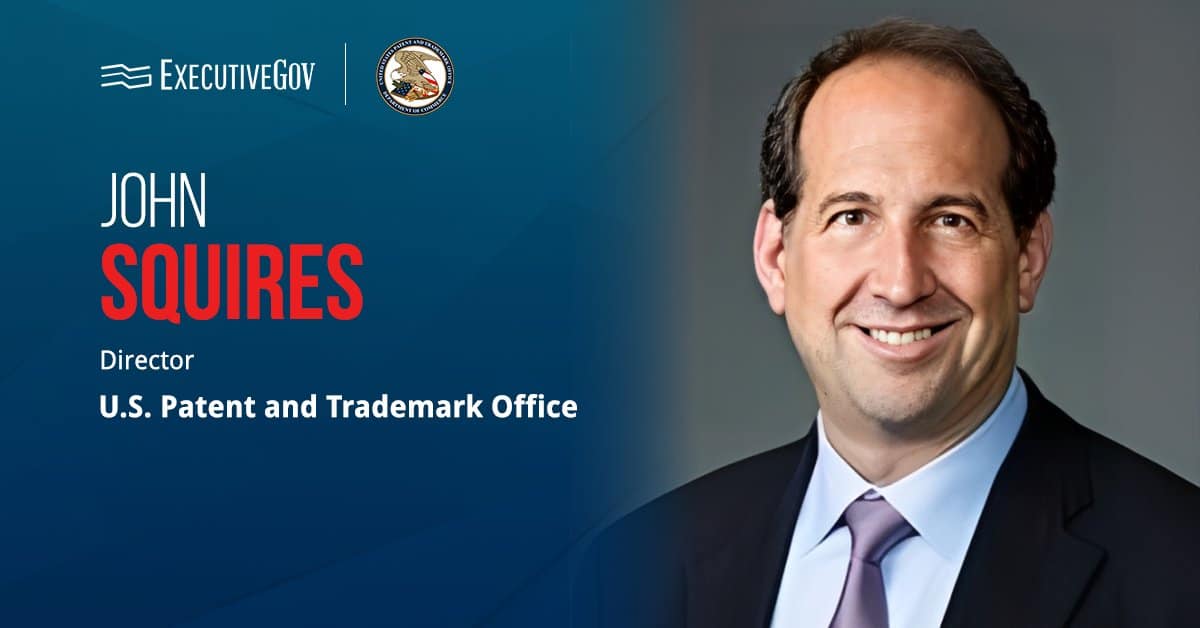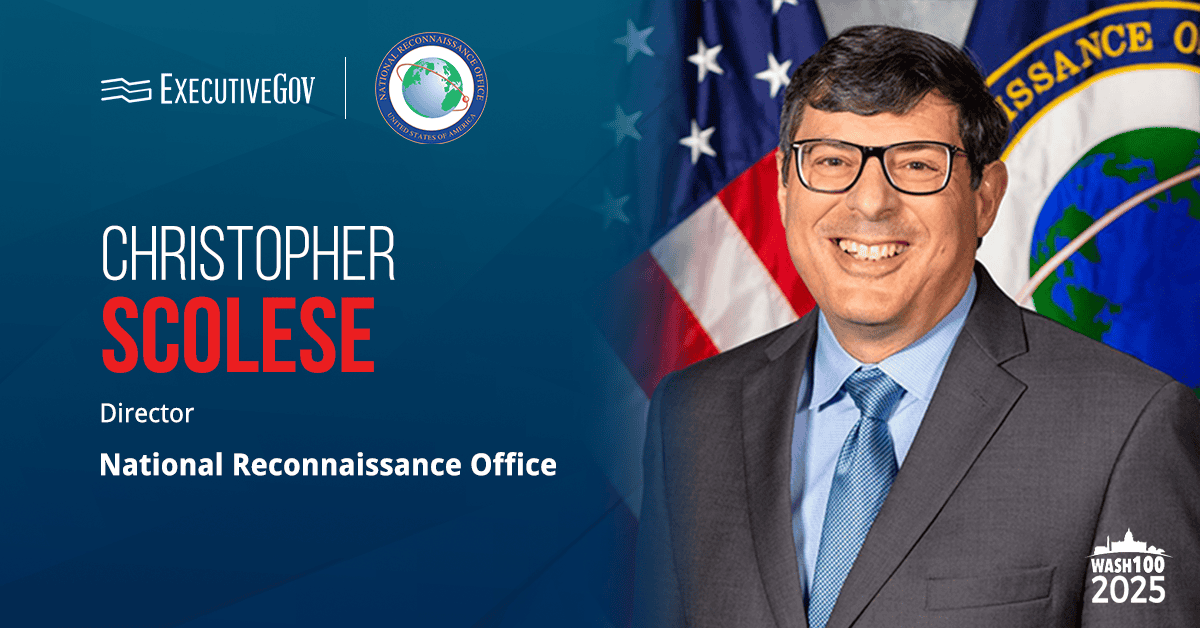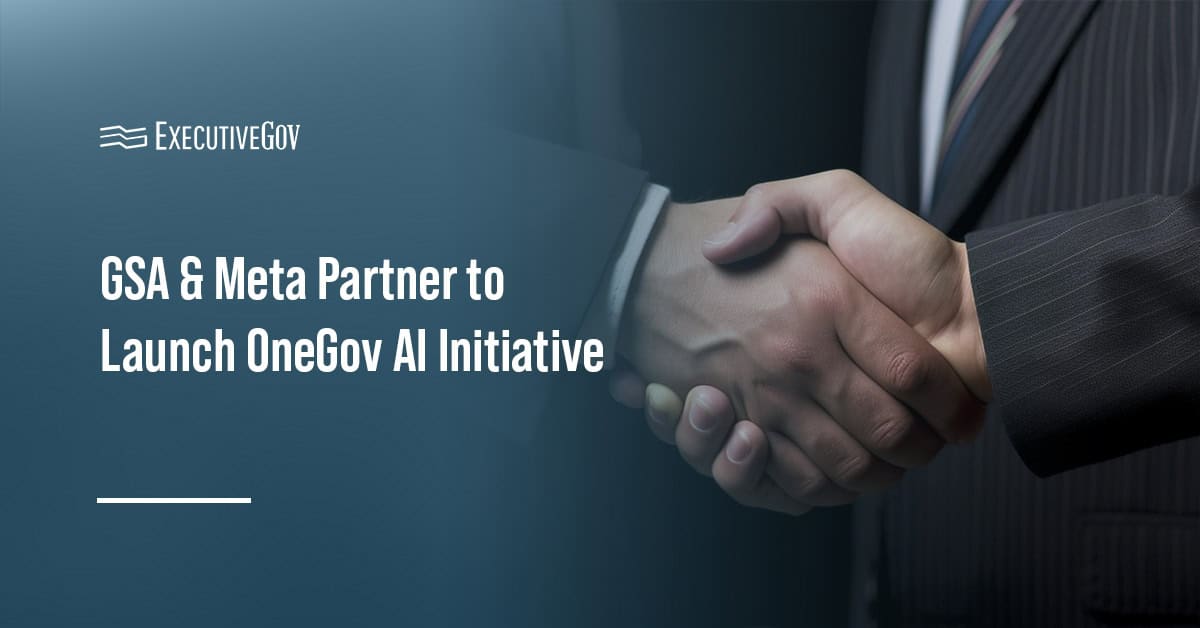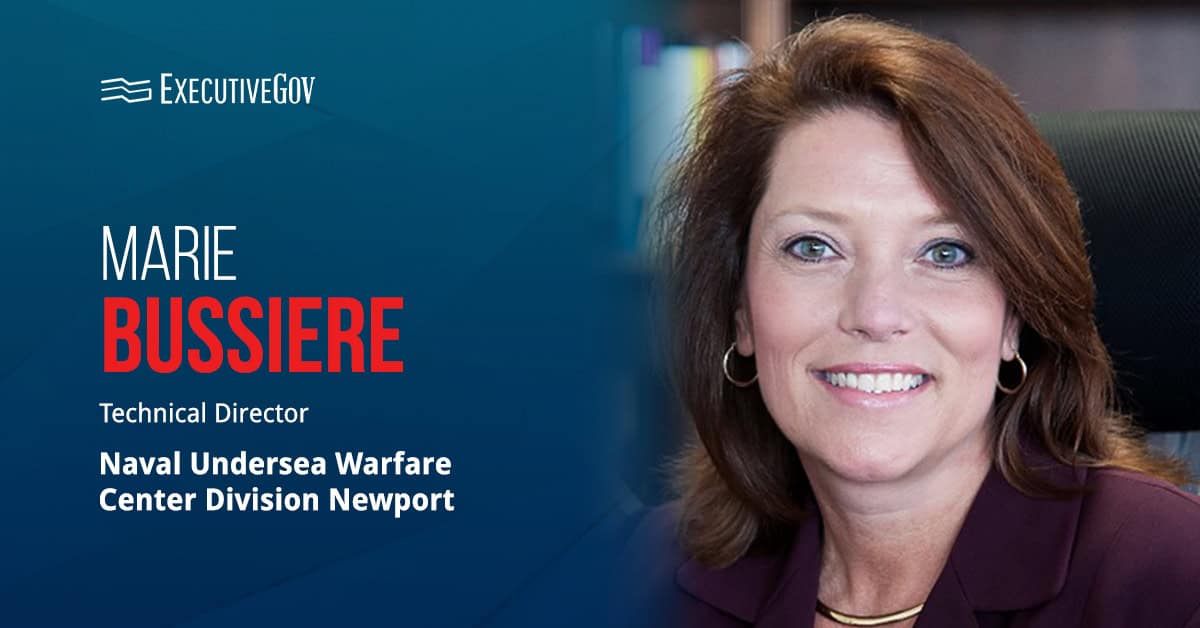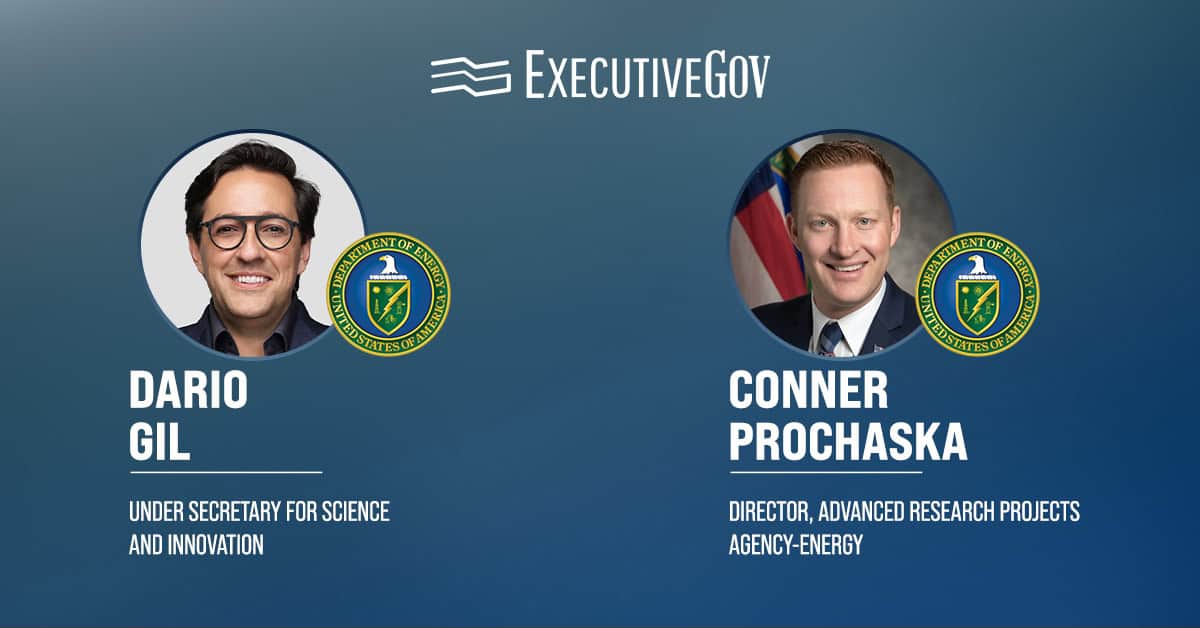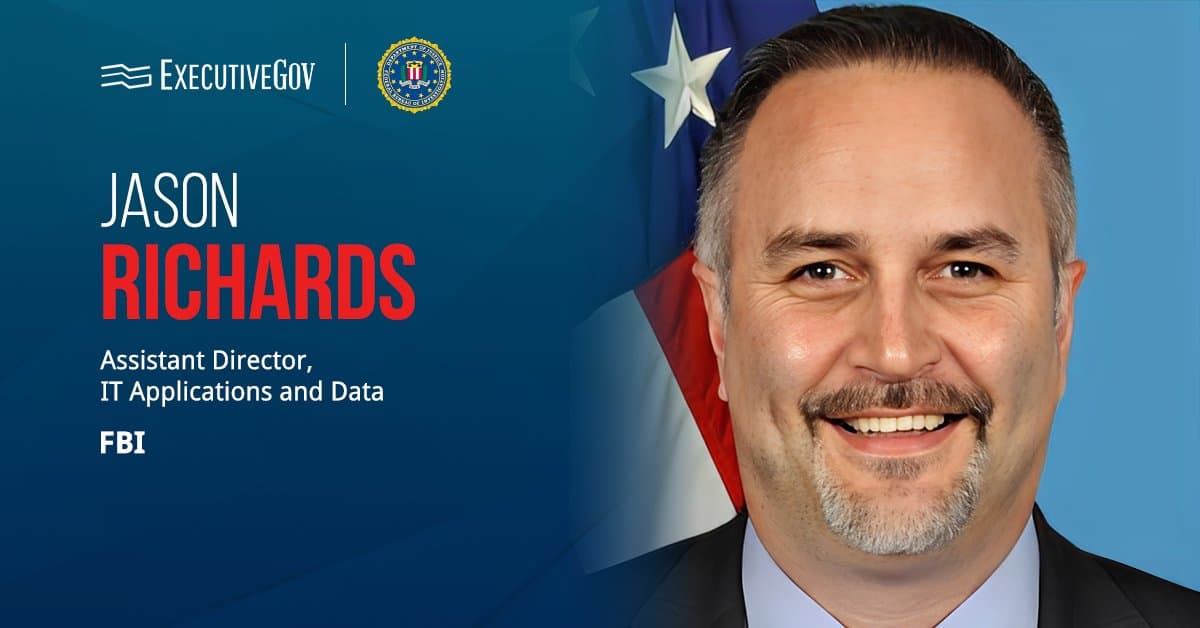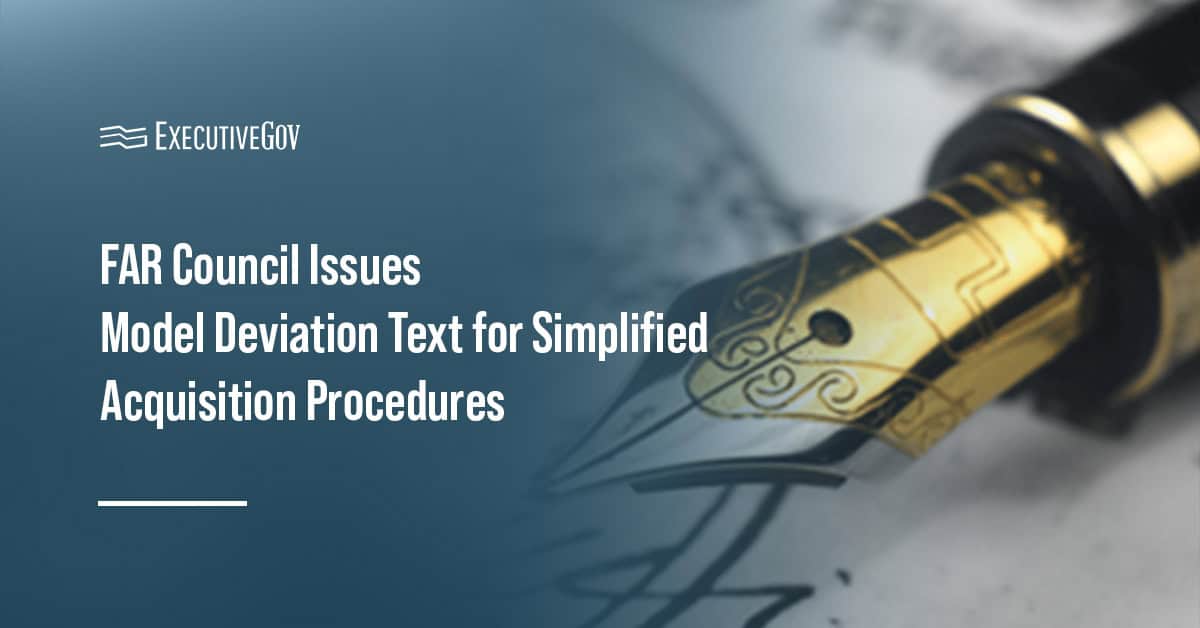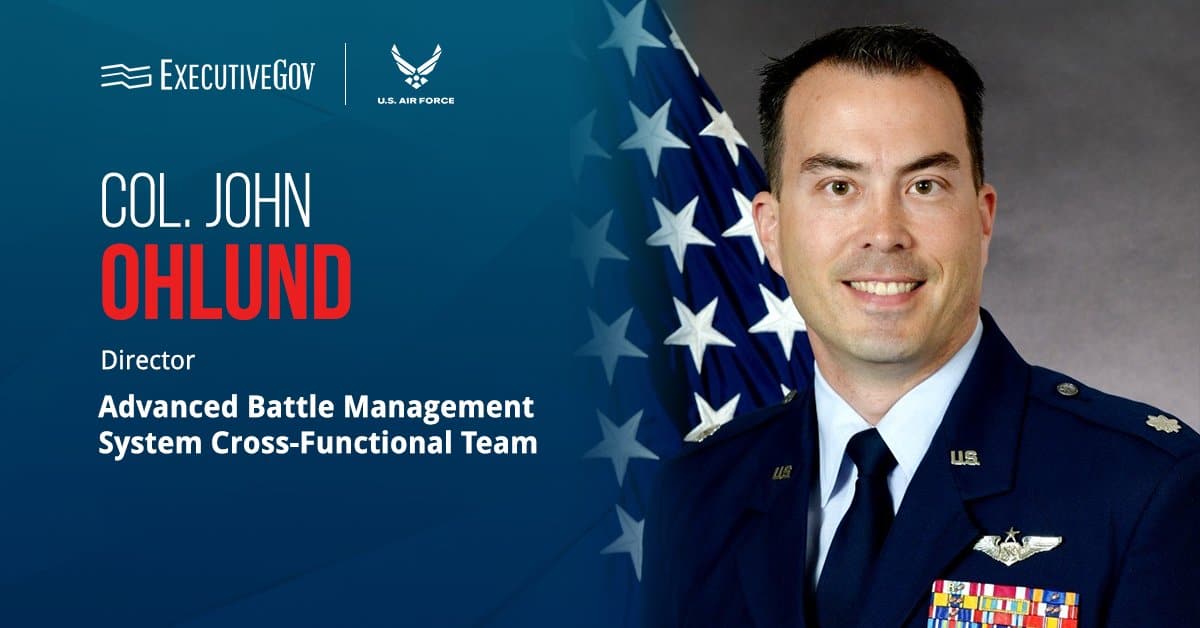John Squires has been selected as the new director of the U.S. Patent and Trademark Office. He will also serve as under secretary of commerce for intellectual property.
As the chief intellectual property executive, Squires will serve as an adviser to Secretary of Commerce Howard Lutnick, President Donald Trump and various government agencies. He will provide insights on IP policies, advancing innovation and enhancing global competitiveness.
Squires will replace Coke Morgan Stewart, who has served in an acting capacity and will now resume her role as deputy director.
Who Is John Squires?
Squires is a global leader in intellectual property, currently chairing the emerging companies practice at Dilworth Paxson and serving as an adjunct professor at the University of Pennsylvania Carey School of Law. Additionally, he contributes his expertise as a board member of FinClusive and as counsel to the board at RANE.
The executive previously served as a co-chair of the IP group at Perkins Coie for nearly five years, specializing in FinTech, cybersecurity, blockchain and digital media. He spent almost nine years as chief IP counsel at Goldman Sachs, where he founded the investment bank’s IP practice.
Earlier in his career, Squires was general counsel and chief IP counsel at Honeywell, and an associate at Clifford Chance and Morgan & Finnegan.


